Autumn and winter are peak seasons for influenza every year, especially this year. Comprehensive media reports show that in recent days, a new round of childhood respiratory diseases has spread across the country, and is more serious than the last time. Hospitals and outpatient clinics in many places are full of patients. This is mainly because this year is a big year for mycoplasma epidemics, and it is also the flu season. The combined effects of multiple factors have led to an increase in infections such as coughs and pneumonia in children. According to data from the Influenza Center, many places in southern my country have entered a period of rising influenza infection rates. In addition to the well-known Mycoplasma pneumoniae infection, influenza, and new coronavirus infection, high-risk viruses also include bacterial infection, norovirus infection, etc.
“In previous years, there would not be so many patients in September and October, but this year there are particularly many.” Li Xuan, the attending pediatrician at China-Japan Friendship Hospital, told the media. At three o’clock in the afternoon on October 24, the pediatric outpatient clinic of China-Japan Friendship Hospital saw that the number of people waiting for treatment had reached 158. “Nowadays, there are usually one, two hundred or even more than 200 people waiting for treatment, and it takes a doctor more than ten hours to see all the patients.” Li Xuan said that this situation usually occurs in December of previous years. Mycoplasma pneumonia in children has swept through major hospitals across the country. At the First Affiliated Hospital of Heyi Hospital in Zhengzhou, Henan, the average number of pediatric outpatient visits per week is close to 20,000, and the daily average is close to 3,000. Children’s respiratory diseases are mainly related to children, accounting for about 60%, mainly coughs and pneumonia. At a hospital in Hangzhou, the number of pediatric outpatient clinics has more than tripled, reaching a maximum of more than 1,900 patients per day. About 30-40% of them are mycoplasma pneumonia, setting a new high. In addition, pediatric influenza and adenovirus infections have also begun to rise. On October 31, a video was released on multiple social platforms. A parent said to the doctor: “If you can see it, just see it. If you can’t see it, don’t put 1,000 numbers! There is a child with a fever of 40°C.”

On social platforms, many parents posted that children’s hospitals were overcrowded.

This year’s peak number of medical visits due to mycoplasma pneumonia, influenza, and COVID-19 has increased by nearly 30% compared to previous years.

It is worth noting that in recent times, in addition to mycoplasma pneumonia infection and influenza, it also includes bacterial infection, norovirus infection, etc. Experts remind: You need to be alert to superinfection of Mycoplasma pneumoniae with other respiratory pathogens such as influenza. There have been reports of cases of Mycoplasma pneumoniae infection superimposed on influenza.
The “Technical Guidelines for Influenza Vaccination in China (2023-2024)” released by the Chinese Center for Disease Control and Prevention in September pointed out that this winter and next spring we may face the risk of interaction or co-epidemic of respiratory infectious diseases such as COVID-19 and influenza.

Screenshot of the official website of China National Influenza Center
On October 23, the “Healthy Guangdong” official WeChat account stated that according to monitoring by the Guangdong Provincial Center for Disease Control and Prevention: the level of influenza activity in Guangdong Province has increased recently. The main circulating strain this time is the A (H3N2) subtype influenza virus. Early detection is required Take precautions. Gao Fu, an academician of the Chinese Academy of Sciences, said in a health newspaper article on November 1 that the level of influenza activity has continued to rise since September this year. According to survey data in late October, the positive rate of influenza virus testing reached 8.9%, and it is expected that the influenza season will gradually enter in the future. Professor Feng Luzhao stated in an article published by Clove Garden Breathing Time on October 31 that firstly, the new coronavirus prevention and control measures in recent years have reduced the intensity of influenza activity and the number of influenza patients, so the susceptibility of the population may increase; secondly, there are many types of influenza virus subtypes . At the beginning of this year, the influenza virus was dominated by H1N1, but currently the H3N2 influenza virus is mainly circulating. In addition, the overall risk of influenza infection is high, especially among high-risk groups such as the elderly, chronically ill, infants, pregnant women, etc., who may suffer from severe or even more serious clinical outcomes after infection.
According to World Health Organization (WHO) estimates, about 1 billion people are infected with influenza every year around the world, of which 2.9 million to 6.5 million people require hospitalization, and the number of deaths ranges from 290,000 to 650,000. Our country is one of the countries with a high incidence of influenza, and seasonal influenza epidemics occur every year. Under normal circumstances, the southern region of my country has a flu peak in the summer and autumn seasons (June to October), and the northern region has a flu peak in the winter and spring seasons (November to March of the following year). But things are a little different this year. According to monitoring results from the Chinese Center for Disease Control and Prevention, since March 2021, influenza activity across the country has been higher than the same period last year. Especially since September, influenza activity levels in some southern provinces of my country have shown a significant upward trend. For example, Guangdong Province reported 14,000 influenza-like cases in September, an increase of nearly 4 times compared with August; Fujian Province reported 12,000 influenza-like cases in September, an increase of nearly 3 times compared with August; The number of influenza-like illness cases reported in Zhejiang Province in September was 8,000, nearly three times more than in August. What do these data show? This shows that some provinces in southern my country have already experienced a summer influenza epidemic peak this summer, and the scale and intensity have exceeded the same period in previous years. This may be related to factors such as higher temperatures, higher humidity, and greater use of air conditioners this summer. It may also be related to the mutation of the influenza virus and the immunity level of the population.
In short, this is a signal that cannot be ignored. It indicates that our country may face greater risks of influenza epidemics this winter and next spring.
At the same time, the COVID-19 epidemic is still ongoing, and there is an increasing possibility of superimposed epidemics. COVID-19 is mainly transmitted through droplets, contact and aerosols. Clinical manifestations include fever, cough, difficulty breathing, loss of taste and smell, etc. In severe cases, it can lead to complications such as acute respiratory distress syndrome, septic shock, and multiple organ failure. ,even death. According to WHO statistics, as of October 25, 2023, the cumulative number of confirmed cases of new coronary pneumonia in the world has reached 270 million, and the death toll has reached 5 million. my country is one of the countries where COVID-19 was first reported and one of the first countries to control the epidemic.

Since April 2020, my country has achieved zero new confirmed local cases for many consecutive months. This is due to the timely, strict and effective prevention and control measures adopted by the country, including blocking key areas, implementing community control, and carrying out large-scale epidemic prevention and control measures. Large-scale nucleic acid testing, promoting COVID-19 vaccination, etc. As of October 25, 2023, my country has administered more than 2 billion doses of COVID-19 vaccines, covering more than 90% of the country’s population. This provides a strong guarantee for our country to resist another outbreak of COVID-19.

However, we cannot be complacent and think that COVID-19 is a thing of the past. In fact, the global COVID-19 epidemic is still ongoing, and multiple mutant strains have emerged, such as the Alpha strain discovered in the United Kingdom and the Delta strain discovered in India. These mutant strains are more contagious and pathogenic, and also have a certain impact on the effectiveness of some existing vaccines. Currently, many countries and regions around the world are still at high risk, and hundreds of thousands of people are still infected with COVID-19 every day. In the context of globalization and frequent personnel movements, imported risks always exist.
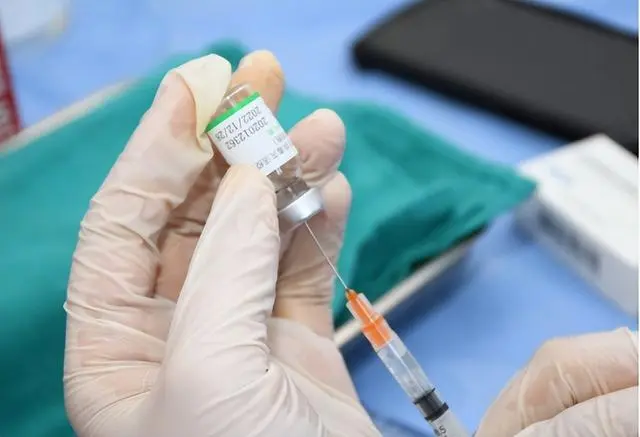
If we relax our vigilance and relax prevention and control, there may be a superimposed epidemic of COVID-19 and respiratory infectious diseases such as influenza this winter and next spring. This will bring huge harm to our life, health and social economy. Centers for Disease Control and Prevention in many places remind you to ventilate indoors regularly, avoid crowded and poorly ventilated public places, and wear a mask when necessary!

However, this is easier said than done. Public places such as office buildings, shopping malls, schools, kindergartens, hospitals, and subways are mostly areas where people gather and have poor ventilation. Citizens need to travel, work, and see a doctor. How can they stay away? How to avoid entering these public places?
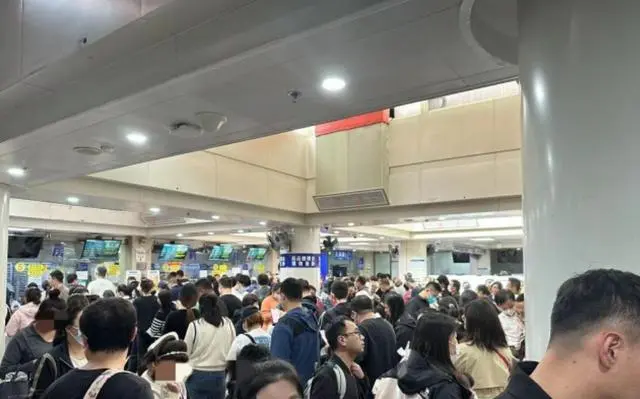
Wearing a mask is indeed one of the effective measures to reduce the risk of spreading respiratory infectious diseases such as influenza and COVID-19, especially in communities and public places. However, are the children in kindergarten willing to cooperate in wearing masks? Even adults cannot wear masks at all times in public places. For example, you need to remove your mask to eat and drink in a restaurant. In the hospital, you need to remove the mask and cooperate with the doctor for examination. At this time, aerosols and droplet nuclei carrying influenza viruses will take advantage of the situation and spread quickly.
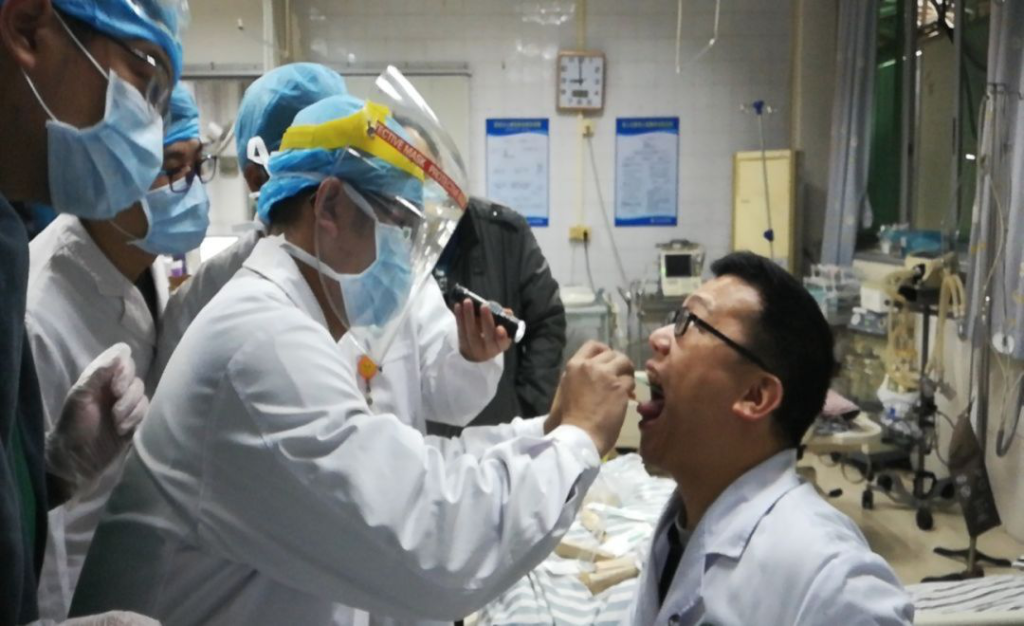
Therefore, Airjia calls on relevant departments to pay attention to the urgent need to install high-efficiency air filters in central air-conditioning and ventilation systems in public places. The top priority is to quickly reduce the concentration of virus aerosols in the air through continuous circulation filtration!

Air Guard microbial epidemic prevention high-efficiency low-resistance air filter is a product specially designed to filter various types of bacteria, viruses and other pathogens in the air. It achieves a multi-stage filtration effect through the special structure of the filter medium. Its effective filtration area is that of ordinary filtration products. 2.5-3 times. It adopts a sandwich structure and adds nanofibers to the middle layer to improve filtration accuracy and efficiency. Tested in accordance with the ISO 16890-2016 standard, the filtration efficiency of the Air Guard high-efficiency low-resistance filter remains high after eliminating static electricity. After 30 minutes of circulating filtration, the filtration efficiency for indoor virus aerosols can reach 97%. After 40 minutes of circulating filtration, the filtration efficiency can reach 99%. After 60 minutes of circulating filtration, the filtration efficiency can reach 99.9%. The inhibition and adsorption rate of Staphylococcus aureus, H1N1 influenza virus and other bacterial viruses is >99%.
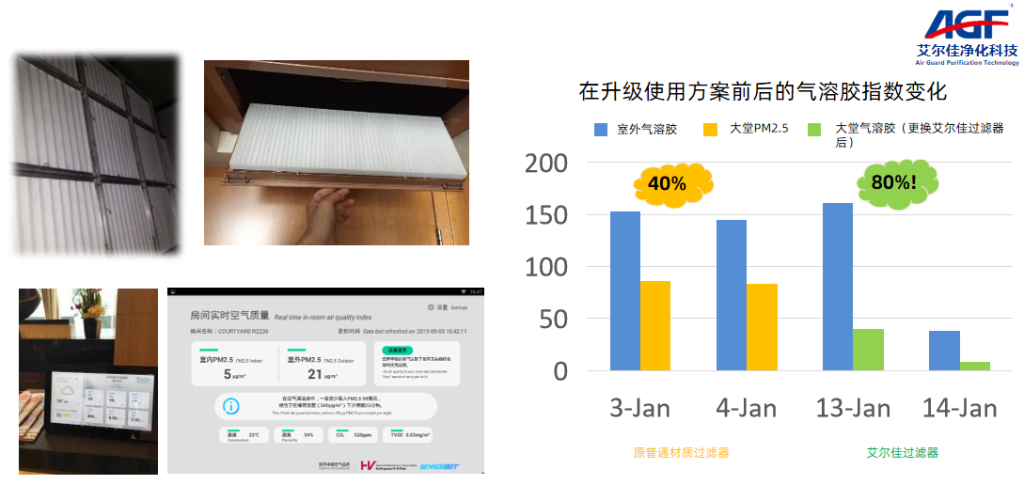
Air Guard microbial epidemic prevention high-efficiency low-resistance air filters greatly reduce the risk of citizens, especially high-risk groups such as children and the elderly, from contracting respiratory infectious diseases such as pneumonia and influenza by reducing the concentration of virus aerosols in the air. Air Guard’s high-efficiency and low-resistance air purification and filtration solutions are suitable for various public places such as office buildings, banks, shopping malls, schools, kindergartens, hospitals, subways, and terminals.
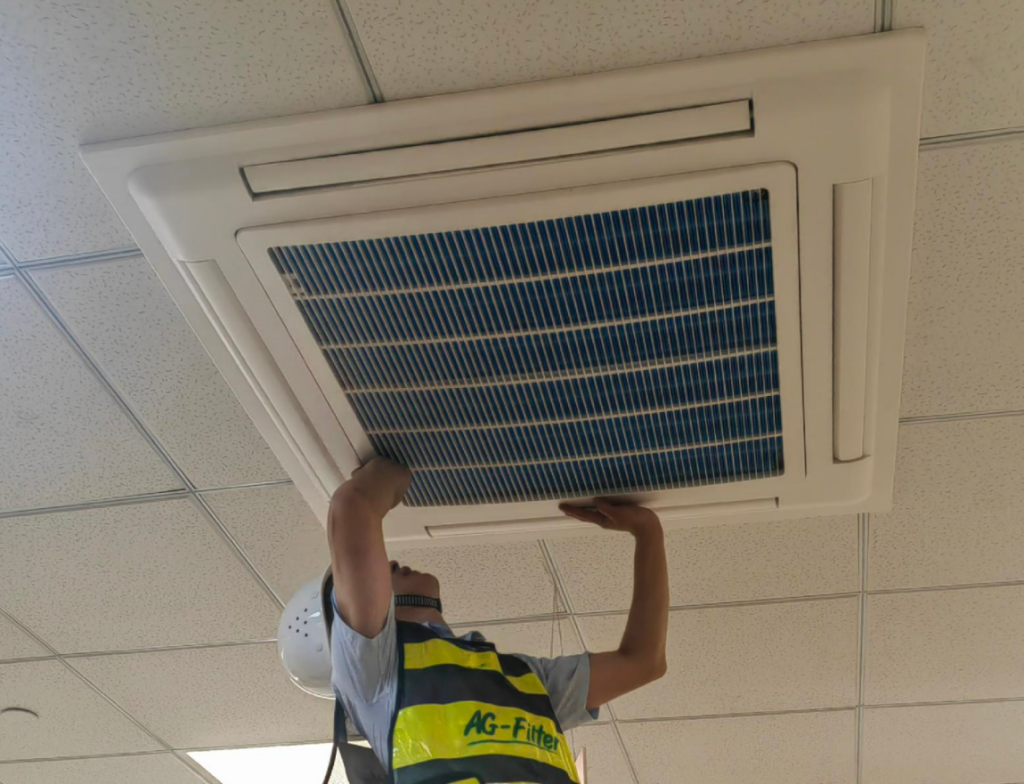
If you have any needs for air filtration and epidemic prevention in public places such as office buildings, shopping malls, hospitals, schools and kindergartens, please feel free to contact us!
Airjia service hotline: 400 820 8260
Email: jackie@ag-filter.com
Air Guard, we create a clean future!
